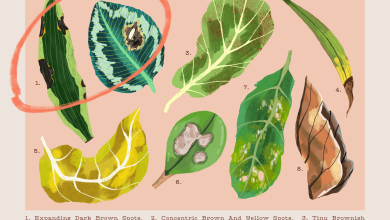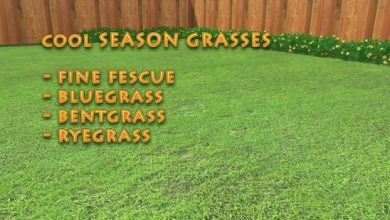Dulse seaweed: What it is, properties, how it is used in recipes and precautions when consuming it
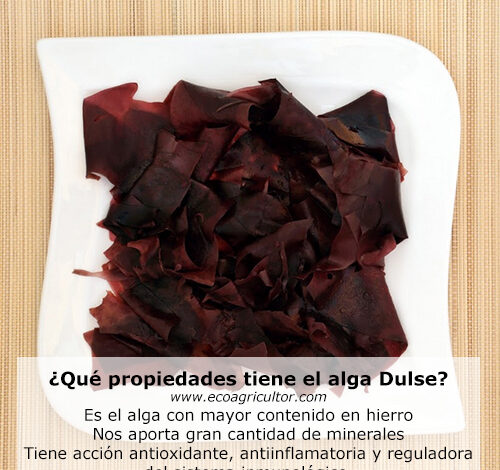
What is Dulse Alga ( Palmaria palmata )? The Dulse Alga , with the scientific name Palmaria palmata , is an edible red algae , abundant and well recognized from the North Atlantic. There is evidence of its consumption since the 12th century in Iceland, where it was consumed mainly when other foods were scarce and it is still consumed in traditional preparations.
The algae are autotrophic organisms simple structure and complex tissues that are classified into three taxonomic groups: Chlorophyta or Chlorophyta, you green algae ; Phaeophyta or ugly, brown algae ; and Rhodophyta or redófitas, algae of red color . Rhodophytes are the second largest and most primitive group of algae, after brown.
Red algae constitute a group of more than 5000 species. Its reddish-brown color is due to the presence of biliproteins (phycoerythrin and phycocyanin) that help to mask the green color of chlorophyll .
Algae are used for the extraction of phycocolloids, substances exclusive to these plants that have no synthetic equivalent, which is used as a gelling, thickening and stabilizing agent for the food and cosmetic industry.
Although they are an abundant and inexpensive resource, 66% of world consumption is in Asian countries, although they are recognized in traditional recipes from Scotland, Chile, the Philippines, Malaysia and Korea, among others.
Currently its consumption is increasing, mainly as a snack and even in haute cuisine recipes.
Nutritional properties of Dulse algae
The Palmaria palmata is an important source of nutrients, being dulse recognized as the seaweed rich in iron as well as magnesium , potassium, iodine and phosphorus , low in sodium and calories and high in fiber .
It is usually recommended for people with iron deficiency anemia, constipation and to prevent degenerative diseases of the intestines.
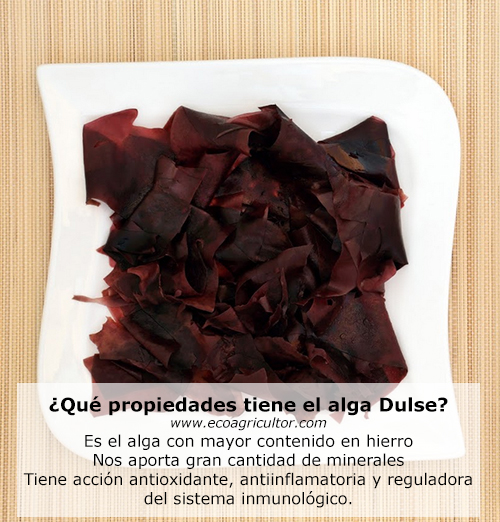
Seaweed is an excellent source of vitamins A, B1, B2, B3, B5, B9 (folic acid), B12, C, D and E. Vitamin B12 from seaweed is analogous to B12 of animal origin and this is not only it does not act like the «real» B12 but can also compete with it. That is why seaweed cannot be considered as a source of vitamin B12 and it is not recommended to take a B12 supplement in a meal that includes seaweed, because its absorption is hindered.
As for minerals , up to 35% of its weight contains minerals, including macrominerals such as sodium, calcium, potassium, chlorine, sulfur and phosphorus; and microminerals such as iodine, iron, zinc, copper, selenium, molybdenum, fluorine, magnesium, boron, nickel and cobalt.
Turning now to the macronutrient content, note that the vegetable proteins of algae are rich in glycine, arginine, alanine and glutamic acid, they contain essential amino acids , but in red algae there is also the amino acid taurine, which participates in many physiological processes such as osmoregulation, immunomodulation, membrane stabilization and they have a very important role in ocular and nervous system development.
The main source of taurine is breast milk during the first months of life, so it could be used to fortify cow’s milk that contains much lower concentrations.
Regarding lipids or fats , the content in algae is less than 5%, with neutral lipids and glycolipids being the most abundant. The proportion of essential fatty acids is higher than in terrestrial plants and they synthesize a large amount of long-chain polyunsaturated fatty acids such as eicosapentaenoic acid ( EPA ) and docosahexaenoic acid ( DHA ) of the Omega-3 family of acids .
Red algae have a high content of EPA and arachidonic acid, which contribute to reduce the risk of cardiovascular and coronary diseases , involving lipoproteins, blood pressure, cardiac function, endothelial function, vascular reactivity and cardiac physiology, as well as anti-inflammatory and antiplatelet effects.
The proportion of soluble dietary fiber is considerable in algae (50 to 70%) compared to terrestrial vegetables. Fermentability is the most important property of the fibers of algae, which reach the large intestine unchanged where the bacteria in the colon can digest it to a greater or lesser extent, resulting in a large number of local and systemic effects.
In addition to nutritional components, algae contain bioactive compounds with high antioxidant capacity, such as carotenoids and polyphenols. Seaweeds have a special capacity for the synthesis of phenolic compounds and these are efficient scavengers of free radicals, hence their antioxidant effect is being studied, in addition to the benefits of antioxidants on the health of our body, also for formulations cosmetics.
The red algae Palmaria palmata contains abundant minerals (chlorine, potassium, calcium, sodium, magnesium, phosphorus), mucilage and amino acids, elements that give it a rebalancing, moisturizing and vasodilating action on the skin, for which it is included, for example , in products for the treatment of cellulite and heavy or tired legs.
How is Dulse seaweed used in recipes?
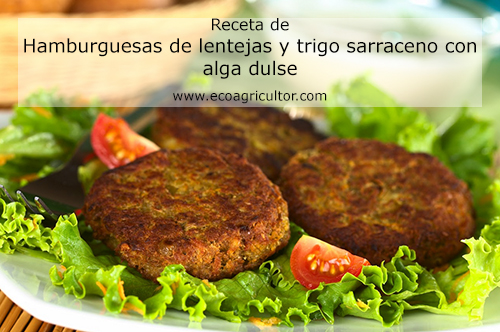
If you are not used to cooking with seaweed, in the recipe section of the blog you have a post in which I have compiled 7 recipes with Dulse seaweed in which you can verify that this seaweed can be included in practically any recipe that comes to mind: soups, purees, stews, stews, dressings, rice, roasts, stir-fries, salads , etc.
The dulse dehydrated , as indicated above, you can consume cooked, adding in soups, or raw after soaking in water about 5 minutes, an ideal way to include it in salads. Always look for trusted and certified organic algae.
In addition to the nutritional benefits, algae have characteristics that improve the quality of other foods. For example, the seaweed-meat combination has quality proteins and provides antioxidant compounds that improve oxidative stability during food storage.
In the experience with hamburgers, in addition to the contribution of dietary fiber, the incorporation of seaweed in the preparation showed a considerable improvement in the reduction of weight loss when defrosting and cooking, compared to other preparations without seaweed.
.
Precautions when consuming algae
The high intake of iodine can cause imbalances in the thyroid gland , so it is recommended to control the consumption of seaweed and interactions with medication both in the case of hypothyroidism and hyperthyroidism.
In healthy adults, sporadic consumption (between 1 and 3 times a month) of seaweed is recommended due to its high iodine content. Offering to infants and children is not recommended. Consult with your doctor to consult about your particular case.
To guarantee safety, many countries have already incorporated specific legislation regarding the maximum levels of heavy metals and iodine, as well as microbiological criteria for dry products, so it is convenient to know the origin of the products and control compliance on the labeling. of the requirements. To be calm and sure that you are taking reliable seaweed and that it meets all quality standards, choose organic seaweed .
Sources
- «Palmaria palmata in food formulations as natural antioxidant and functional ingredient». G. Ólafsdóttir, T. Wang, R. Jónsdóttir, HK Kristiansson, G. Ó. Hreggviosson, G. Porkelsson. University of Iceland. 2009.
- «Marine organisms and cosmetics», María Rodríguez García, Betsy Tamayo Miranda, Anoland Garateix Fleites. Marine Bioproducts Center, Cuba. 2010.
- “Algae Bioguide. Properties and uses ”, Ecorganic.
- «Nutritional and healthy properties of seaweed and its potential as a functional ingredient», Vilma Quitral R., Carla Morales G., Marcela Sepúlveda L., and Marco Schwartz M. University of Santiago de Chile. 2012.
- «Algae: nutritional potential and cosmetic applications», Nathalie Bourgougnon, Gilles Bedoux, Amélie Sangiardi, Velérie Stiger-Pouvreau. Université européenne de Bretagne. 2011.
- «Seaweed as a source of bioactive compounds for the benefit of human health: in a review article», Richard Gutiérrez Cuesta, Kethia L. González García, Olga del R. Valdés Iglesias, Yasnay Hernández Rivera, Yulexi Acosta Suárez. Marine Bioproducts Center, Cuba. 2016.
- «Nutritional evaluation and biological properties of edible marine algae. In vitro and in vivo studies ”, Eva Gómez Ordóñez. Complutense University of Madid 2013.

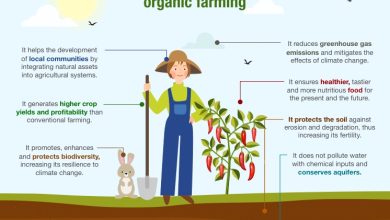
![Photo of The Diamond Yam: How, Where and When to Plant it? [Steps + Images]](https://www.complete-gardening.com/wp-content/uploads/2022/08/the-diamond-yam-how-where-and-when-to-plant-it-steps-images-390x220.jpg)
